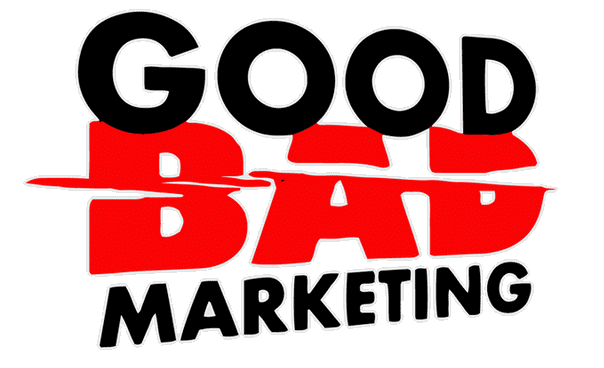Marketing strategies have evolved over time. The differences in marketing trends with the variety of target markets created a huge impact on the marketing objectives of companies, and everyone tries to adapt to newer schemes to further serve and expose more of their brand identity. Decades ago, mass marketing reached millions of customers globally. It was a good strategy for certain companies where they could broadcast their products and services but not only limited to their target market.
The one-size-fits-all was indeed a breakthrough with brand marketing. However, with the preferences of people with brands and products, marketing strategies have developed in a way wherein it has become more goal-oriented, sophisticated, and even specific to reserve available resources but still create profitability and generate sales even more. Hence, mass marketing was great but fell short with the demands and the transition of people from conventional to new means of marketing.
What is Mass Marketing?
Mass marketing is a strategy where companies tend to reach potential customers by creating generic ads and promos. It aims to address the highest number of customers and focuses on higher sales volume at lower prices to maximize a company’s products in a larger scope. One of the primary ways to mass market is to produce various advertisements, which can be overwhelming, to make a product the top-of-mind of consumers leading them to have less to no doubts of buying decisions. Nevertheless, it disregards the persuading stage of consumers and unconsciously tells them that a certain product is what they must buy.
Typically, products with high consumer necessities use this method where they are sure that there will always be a higher demand on the consumer’s end. It is also incorporated with general-purpose products or services which appeals to a wider range of consumers. Moreover, mass marketing uses traditional advertising methods like TV commercials, billboards, newspapers, and magazines, to reach out to the highest number of viewers in a single ad.
However, mass marketing may be deemed inefficient in today’s marketing scheme. Because it connotes a general and indistinct market, it disregards demographic differences and customer niches. Thus, it is not personalized and unproductive for recent consumer preferences. As consumers are getting used to generic ads, they tend to seek more targeted marketing campaigns which are unique to their shopping experiences. Therefore, the effectiveness of mass marketing is questionable, where consumer behavior is ever-changing and old means are now being tagged as outdated.
Is mass marketing dead? The answer is not yet certain. With the changes of marketing approaches in the present time, mass marketing may no longer be adequate to reach potential customers and gain more relevance in a wider and more particular scope. However, it can always change and be innovative to adapt to the needs and demands of particular demographics. Still, it may become successful should companies try to put together traditional with newer marketing ways to be able to reach out to more consumers with the probability of more growth in the future. The key takeaway for this would be the knowledge of consumer opinion, where companies would be more aware of what their customers like to further boost company sales.





